Warning: This post contains spoilers for We Live in Time.
We Live in Time ends like it begins—with one crucial difference. Eggs just collected from the coop are being cracked into glass bowls on their way to becoming breakfast. Only this time, instead of a woman named Almut cooking for her sleeping partner Tobias, it’s Tobias cooking with their daughter, Ella. He teaches the young pupil how to crack the eggs on a flat surface just as Almut, a celebrated chef, taught him during an early date. Another key difference: an adorably scruffy dog stands at their feet. It’s a callback to a conversation the couple had, after learning that Almut’s ovarian cancer had recurred and was incurable, about how dogs can help children heal from loss.
It’s a poignant bookend that speaks to the ways we keep our loved ones with us even after they’re gone. Almut had been terrified that she’d be forgotten, or that her kid would think of her as nothing more than a dead mom. The scene telegraphs Tobias’ commitment to showing Ella that her mom had a life outside of their world.
But it’s the penultimate scene that begs further dissection. And it’s one that a lot of people might be about to dissect as We Live in Time begins to play in theaters on Oct. 11: Since the movie’s premiere at the Toronto International Film Festival in September, the A24 weepie from Brooklyn director John Crowley has garnered mostly positive reviews. In a cinematic landscape that has seen movies aimed largely at female audiences racking up box-office wins, and with a beloved and respected leading duo in Florence Pugh and Andrew Garfield, it’s clear that the appetite for a tear-jerking romance has hardly waned in the half century since Ryan O’Neal held Ali MacGraw on her deathbed in Love Story.
Read more: We Live in Time Asks Too Much of Us
But unlike that iconic film, We Live in Time does not take us to Almut’s death bed. It handles her death metaphorically, clearly alluding to it while keeping her final breaths offscreen and leaving the flatlining monitors to the imagination. It’s hardly novel in doing so—in fact, it harkens back to a long tradition of off-screen expirations, particularly in romantic and family dramas. And, perhaps counterintuitively, this figurative approach ends up being more sob-worthy than its more literal alternative.

In this scene, Pugh’s Almut, now quite ill, is in Italy for a major European cooking competition when she comes upon an ice skating rink. It’s a made-for-the-movies coincidence: Al had been a competitive skater as a teenager until the death of her skating-enthusiast dad made it too painful to continue. After completing a recipe, she abruptly walks off the competition floor—taking off her chef’s hat like she knows it’s for the last time, because it is, walking up to her family in the stands, moving toward a glowing light that signifies the impending peaceful transition to the other side—we cut to their little family at the rink. She’s demonstrating her skills for the novice Ella (Grace Delaney), as Tobias looks on proudly. Then we see her on the opposite side of the rink. Dad and daughter wave to mom from afar, and she waves back, smiling beatifically. They are saying goodbye. There is a sense of acceptance. No one is sobbing. The scene ends, and we understand in a figurative sense that she is dead.
One one level, this is the stuff of extreme cheese. It left me rolling my eyes even as tears trickled out of them. And yet, on another: thank the lord almighty for sparing us from having to watch Al’s jagged last breath, taken between hollowed-out cheeks and Hollywood’s best not-quite-a-corpse makeup—and having to watch her loved ones watch it happen. We are even spared the immediate aftermath: the coffin being lowered into the earth, the child alone in a corner while well wishers three heads taller schmooze and nosh, the widower donating sweaters to Goodwill.
The movie has, until this point, been rather forthright about the pain of advanced cancer and the treatment that ravages a body in trying to stave off death. Hair loss, nausea, exhaustion, bruising, random bloody noses, the interruption to intimacy. It’s all so awful that Almut considers forgoing treatment altogether so that she can try to really live for six months rather than suffer for 12. It’s about the indignities, too. In one scene, she looks on as another chemo patient nods off to sleep during an infusion, her red wig moving out of place as her head falls toward her shoulder. A nurse comes by and tenderly moves it back into place: the woman doesn’t need to be embarrassed on top of everything else, the nurse knows; her job goes beyond the purely physical.
But We Live in Time stops short of bearing witness to death. It’s in good company in screenwriter Nick Payne’s choice to opt for metaphorical subtlety, especially when it comes to young moms and cancer. Any millennial pop-culture enthusiast worth their salt sobbed over the ending of Stepmom (1998), when Susan Sarandon’s dying mother insists on taking a family photo that includes the young stepmother (Julia Roberts) she’s given grief to throughout the movie. The two women hold hands as the Nikon flashes, “Ain’t No Mountain High Enough” prompts the viewer to cry and smile simultaneously and the photo fades to black, signifying her death, the family moving on but holding her memory dear. In the 1988 tear duct obliterator Beaches, Barbara Hershey’s Hillary sits in an Adirondack chair in the salty air. She hugs her young daughter then returns to watching a yellow sun sink against a mauve sky. Her BFF C.C. (Bette Midler) smiles in her direction, “The Wind Beneath My Wings” triggers the lacrimal glands, and someone literally rides off into the sunset on a white horse. Cut to black funeral limos. In Spike Lee’s Crooklyn (1994), we see Alfre Woodard’s Carolyn weak in a hospital bed receiving her final farewell kisses from daughter Troy (Zelda Harris) shortly before we see Troy in her PJs, refusing to dress for the funeral.
Other films take the tack of film-it-or-it-didn’t-happen. Terms of Endearment (1983) shows us the death of Debra Winger’s cancer-stricken but still very pretty mother of three: her hand falls limp beside her hospital bed, the camera panning up to the faces of her mother (Shirley MacLaine) and estranged husband (Jeff Daniels), taking in the loss. In 2016’s Other People, Molly Shannon’s matriarch dies 49 seconds into the movie—the screen is black and we can only hear the sounds of her family members, pig-piled on the bed around her, sobbing; we don’t see the moment of her death but the millisecond after. In last year’s Maestro, Bradley Cooper’s Leonard Bernstein embraces Carey Mulligan’s pale, weak, headscarf-wearing Felicia Montealegre as she flutters her eyelids and groans quietly; the camera cuts to the window overlooking the verdant green lawn and the sea. Moments later, he’s running onto that same lawn to embrace his children in their grief.

There is no one right way to depict death on screen. Movies are about life, and death is a part of life. If you’ve lost a loved one to cancer or something like it, then the movies are either a perpetual trigger, or inexpensive therapy, or both. If you can’t bring yourself to access that grief without an external prompt, you can knowingly sit yourself down for a film that promises to demagnetize them through sheer will and swooning violins. There is a thin line between gratuitous and tasteful, maudlin and real, and that line is not located in the same place for every viewer. A wet cheek competition between Beaches and Terms of Endearment is bound to be too close to call.
But in the case of We Live in Time, I felt simultaneously spared the retraumatization of reliving painful memories shot for shot, and invited to access those same memories to fill in the movie’s intentional gaps. One might argue the scene lacks the gut-punch of Winger or Shannon or Mulligan fading away before our eyes; it is a PG moment in an R-rated movie. The film has given us sex and childbirth, why stop short of death?
But for a movie defined by grief and loss, whose trailer promises to lift you up, tear you to shreds, then expel you from the theater a little more wizened to the way life giveth and then taketh away, this channeling of Tara Lipinski at death’s door ultimately works. It continues in the long cornball tradition of “did you ever know that you’re my hero,” of Marvin and Tammy dancing playfully on Ms. Sarandon’s grave. A reprieve without sacrificing a release. The memories get folded into the mundane like eggs into pancake batter. Life goes on. It has to.


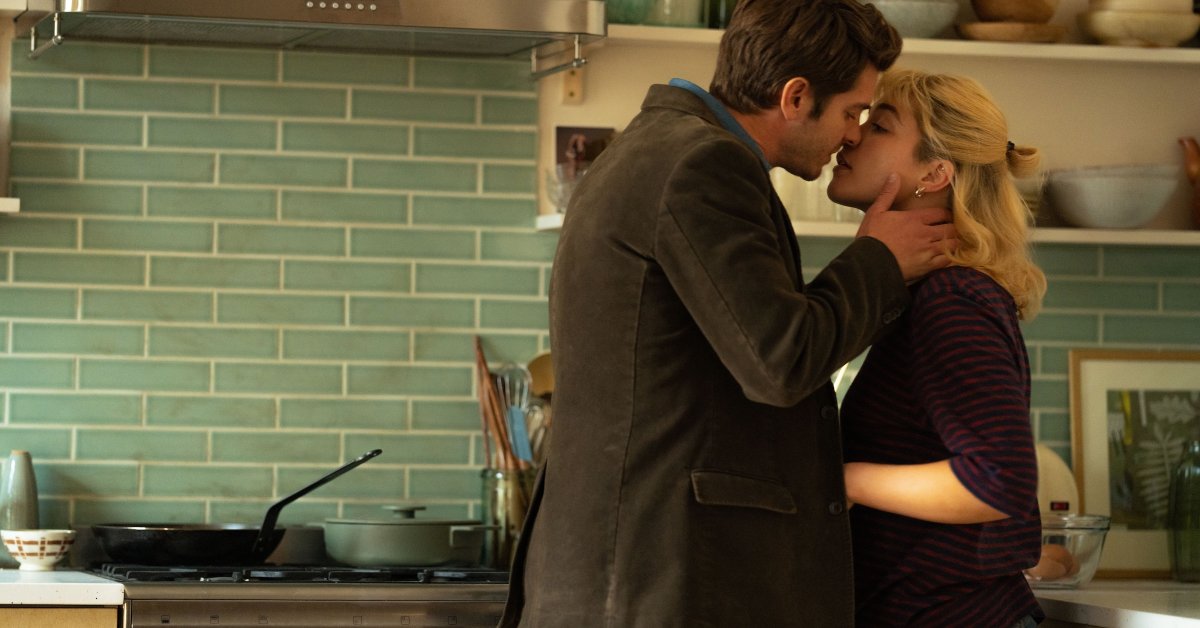
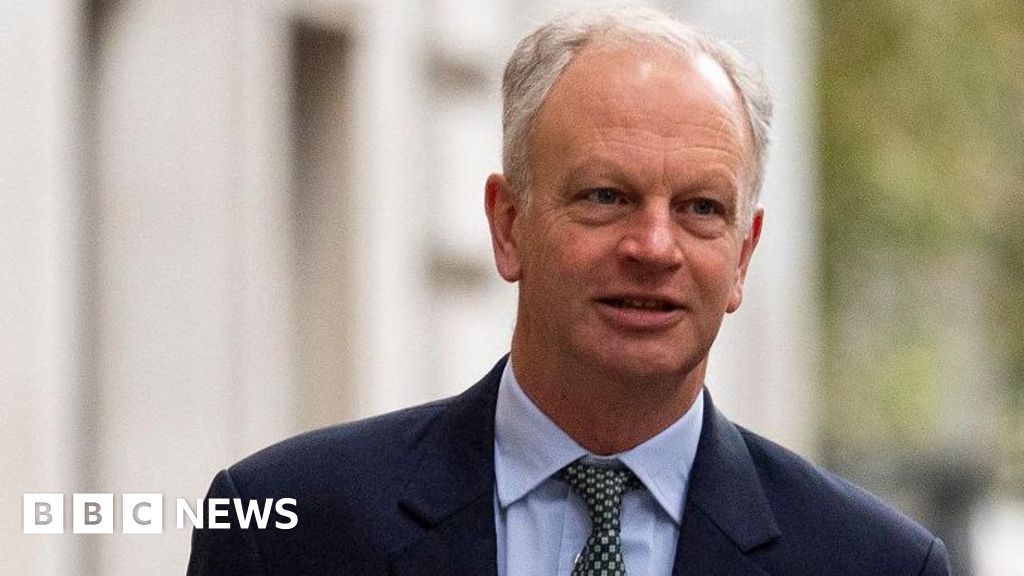


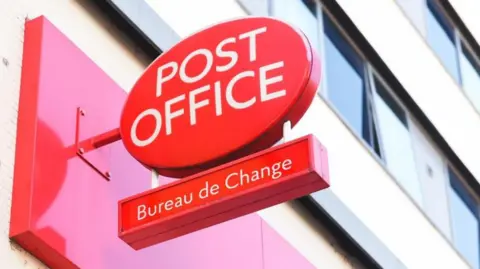
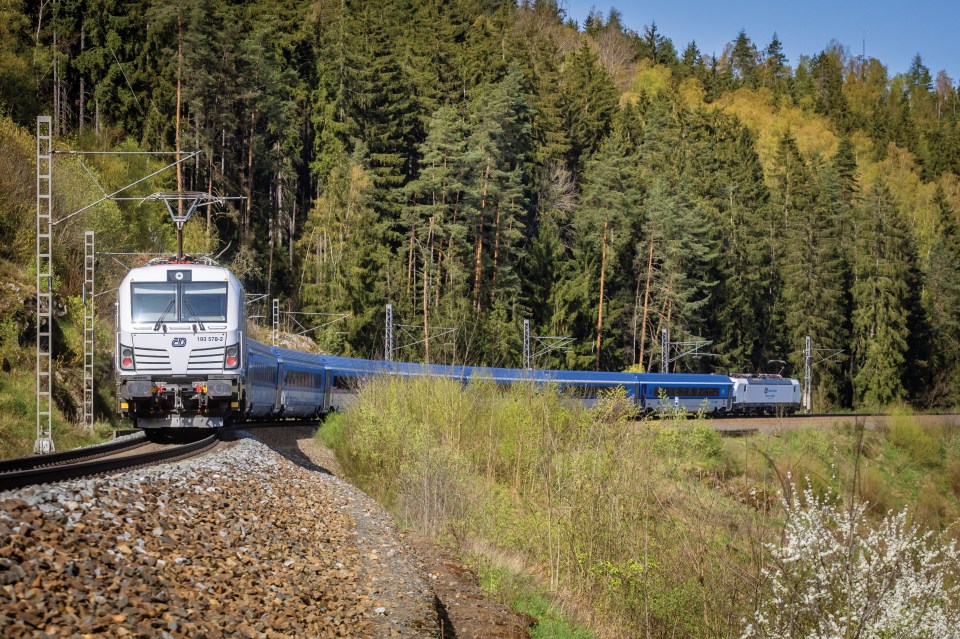


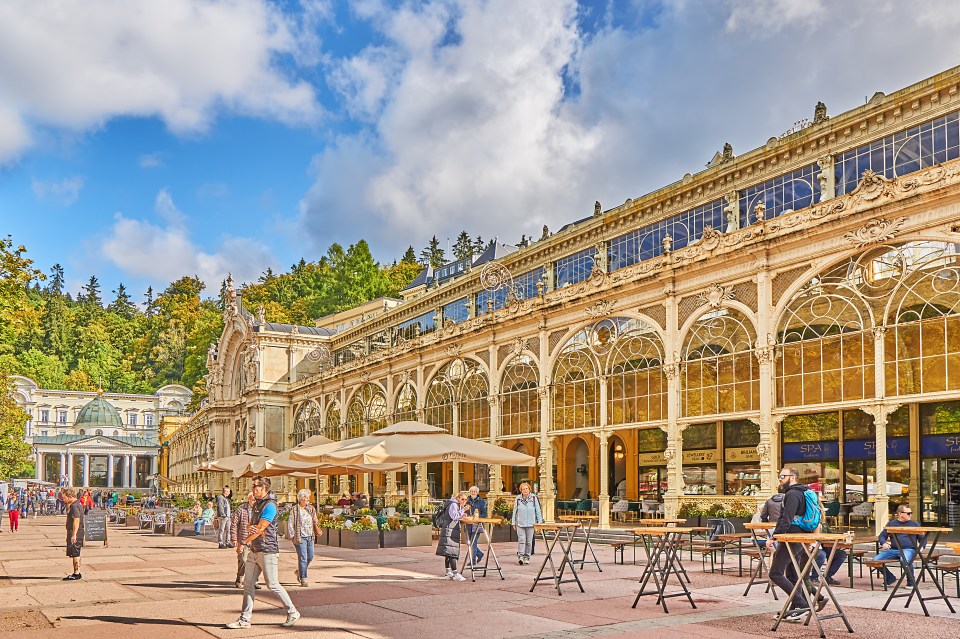
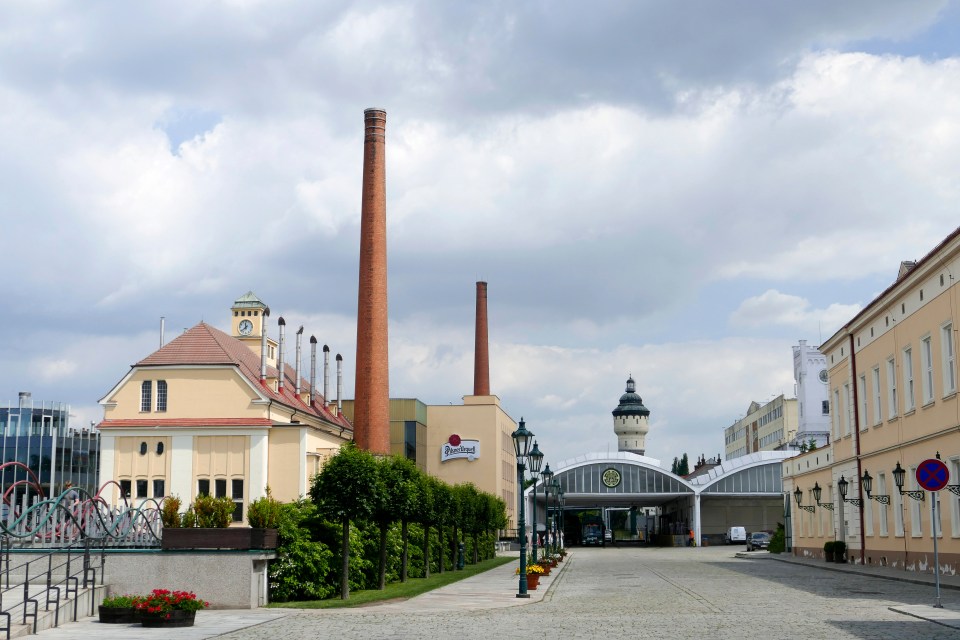


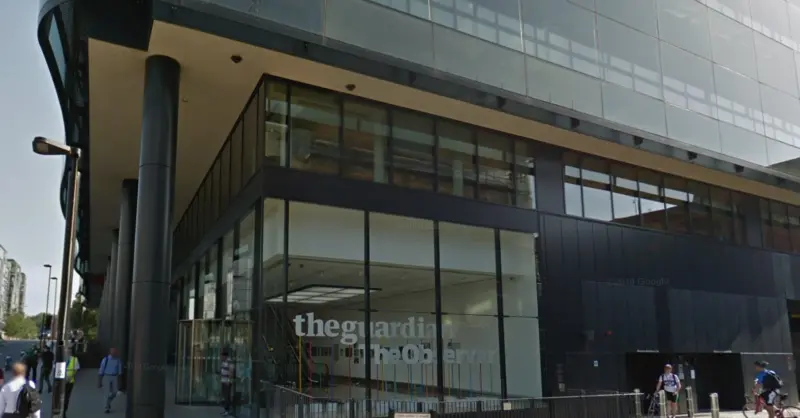
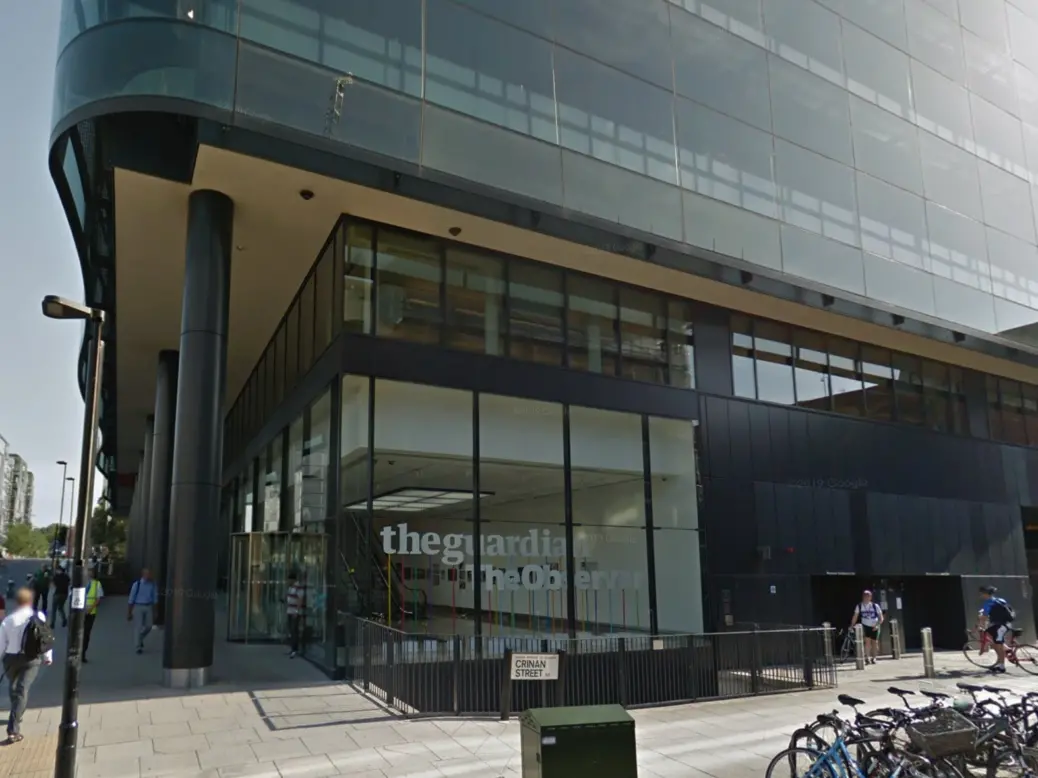




























































































































You must be logged in to post a comment Login